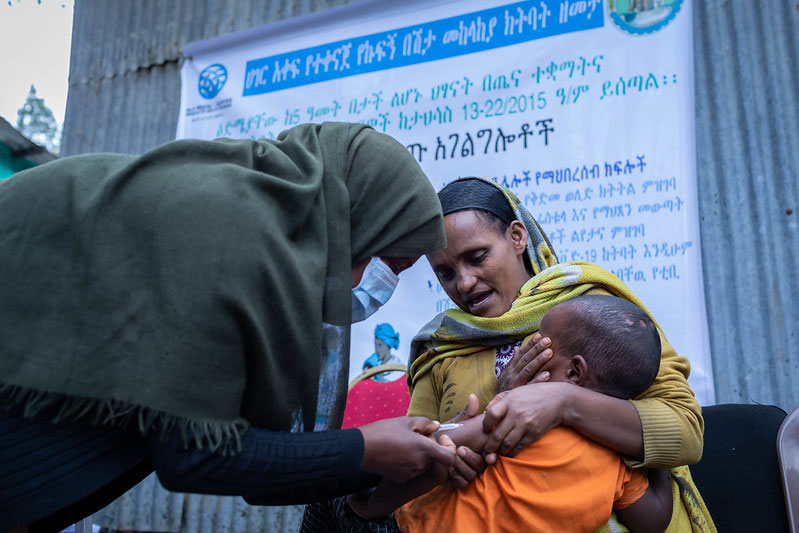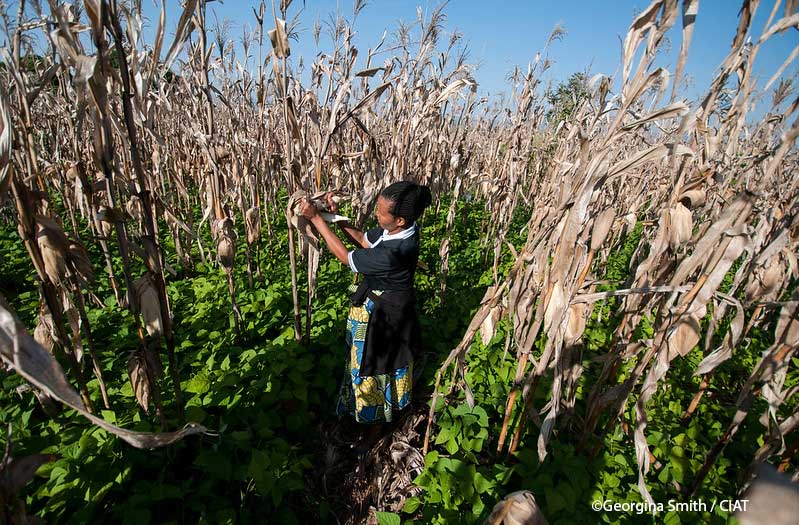Staying up-to-date with the latest research on food systems and nutrition is more important than ever to work towards Sustainable Development Goals (SDGs). The 2025 SDG report calls for action on food systems as one of six critical areas. My colleagues recently argued that a systems approach is needed to achieve the 2nd SDG, ending hunger. Our living evidence and gap map (E&GM) has been an invaluable resource to help decision-makers understand the effects of interventions across the entire food system in low- and middle-income countries.
Unfortunately, it’s been more than 1.5 years since we last completed a literature search for the E&GM, as we do not have funding to continue the updates. Without the most recent literature, the map can’t be utilized to its potential, as it quickly becomes outdated. Keeping this E&GM living is essential so that we can continue to tap into its benefits and help drive positive change toward food security and nutrition for those who need it most.
The living food systems evidence and gap map
The living food systems and nutrition map offers an overview of available evidence on interventions that touch all aspects of the food system, highlighting both the existing literature and the gaps that need to be addressed. Our E&GM features a broad and comprehensive framework of food systems interventions and food security and nutrition outcomes. Included interventions span a huge range, from agricultural projects to food fortification programs to changes to food labeling regulations, among many others. It is currently 3ie’s largest E&GM with 3,217 studies.
The original EGM had a search from September 2020, covering literature all the way back to the year 2000. During the 'living' period, a comprehensive literature search was completed every few months from July 2021 up to January 2024. Updates on the recently added evidence were published approximately every four months.
Benefits of the living E&GM
By keeping the E&GM living, we found that the number of relevant studies increased 40 percent in four years. This rapid growth highlights the importance of keeping the map up to date. It allowed anyone to closely follow the development of the evidence base and where there were opportunities for further research. This helped decision-makers target resources in areas where they are needed, avoiding duplication of efforts.
The E&GM remains an important resource for evidence synthesis. It provides an efficient way to conduct evidence syntheses, letting us bypass the search and screening process, instead using the E&GM to identify relevant studies directly. This allows us to rapidly synthesize existing evidence, saving both time and resources. Therefore, by leveraging our E&GM, we have been able to work more efficiently while helping stakeholders make sense of the evidence that exists on food systems.
In total, the E&GM has served as the base for five synthesis products, each exploring critical areas identified as gaps by the E&GM. This includes our upcoming Rapid Evidence Assessment, which focuses on the impact of information, capacity strengthening, and behavior change interventions on food security, nutrition, and the resilience of environmental food systems in Sub-Saharan Africa. In addition to this important research, we've also synthesized the evidence on women's empowerment interventions within food systems, how food systems interventions affect women's empowerment outcomes, the effect of taxes and subsidies designed to promote healthy diets, and the long-term impacts of food systems interventions. This work was possible thanks to the support and collaboration of several funders: GIZ, Norad, and DEval.
The E&GM is still useful, and it could be brought back to life at any time if resources were available. If you're interested in working with us on this E&GM or anything related, please reach out! If you write to info [at] 3ieimpact [dot] org, your message will get to the right place.














